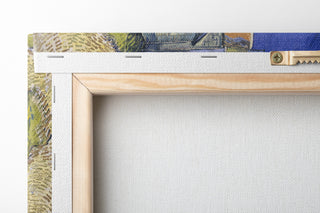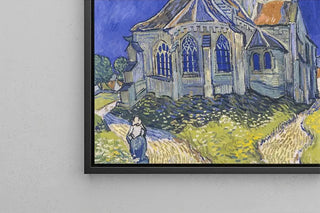Justitia Allegorical representation of care for lepers and innocents - Gérard de Lairesse

Justice personified in a scene of compassion: the eye of Gérard de Lairesse In this dense and narrative composition, Gérard de Lairesse stages the allegorical figure of justice surrounded by fragile characters, where clear light sculpts the drapery and faces with sobriety. Ochre tones and red accents punctuate a palette dominated by earthy values, while the precise touch reveals a mastery of drawing inherited from Dutch classicism. The balance between solemnity and tenderness creates a meditative atmosphere, where every gesture — care, protection, gaze — contributes to telling a moral and human fable. This interpretation invites contemplation and civic reflection.
Gérard de Lairesse, master of Dutch classicism Gérard de Lairesse, active at the end of the 17th century, is recognized for his transition to a neo-classical style tinged with French and Italian influences. Theorist and painter, he promoted allegorical and pastoral compositions that favor drawing and narrative clarity. His major works testify to a taste for visual moralization and for scenarios where virtue is manifested through daily action. Lairesse’s academic sensitivity is evident in the rigorous construction of groups and the subtlety of expressions, making this work a significant example of his impact on the Dutch pictorial scene of his time.
An art print of Justitia perfect to enhance your interiors This art print of Justitia Allegorical representation of care for lepers and innocents faithfully reproduces the composition, chromatic nuances, and workshop details, ideal for enriching a living room, office, or library. The painting Justitia Allegorical representation of care for lepers and innocents brings a historical and moral presence, while the canvas Justitia Allegorical representation of care for lepers and innocents, produced with museum-quality inks and supports, guarantees longevity and luminous rendering. Offer your decoration a narrative piece that dialogues with the space and sparks conversation while affirming a taste for classical art and quality execution.

Justice personified in a scene of compassion: the eye of Gérard de Lairesse In this dense and narrative composition, Gérard de Lairesse stages the allegorical figure of justice surrounded by fragile characters, where clear light sculpts the drapery and faces with sobriety. Ochre tones and red accents punctuate a palette dominated by earthy values, while the precise touch reveals a mastery of drawing inherited from Dutch classicism. The balance between solemnity and tenderness creates a meditative atmosphere, where every gesture — care, protection, gaze — contributes to telling a moral and human fable. This interpretation invites contemplation and civic reflection.
Gérard de Lairesse, master of Dutch classicism Gérard de Lairesse, active at the end of the 17th century, is recognized for his transition to a neo-classical style tinged with French and Italian influences. Theorist and painter, he promoted allegorical and pastoral compositions that favor drawing and narrative clarity. His major works testify to a taste for visual moralization and for scenarios where virtue is manifested through daily action. Lairesse’s academic sensitivity is evident in the rigorous construction of groups and the subtlety of expressions, making this work a significant example of his impact on the Dutch pictorial scene of his time.
An art print of Justitia perfect to enhance your interiors This art print of Justitia Allegorical representation of care for lepers and innocents faithfully reproduces the composition, chromatic nuances, and workshop details, ideal for enriching a living room, office, or library. The painting Justitia Allegorical representation of care for lepers and innocents brings a historical and moral presence, while the canvas Justitia Allegorical representation of care for lepers and innocents, produced with museum-quality inks and supports, guarantees longevity and luminous rendering. Offer your decoration a narrative piece that dialogues with the space and sparks conversation while affirming a taste for classical art and quality execution.





